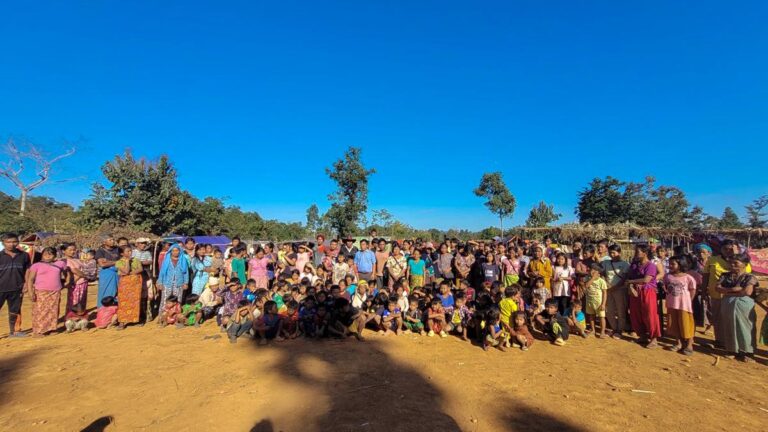Manipur Achieves India’s Lowest Infant Mortality Rate
Manipur has recorded an infant mortality rate (IMR) of just 3 deaths per 1,000 live births, the lowest among all Indian states, according to the Sample Registration System (SRS) 2023 findings reported in the media. At the national level the SRS places India’s IMR at 25 per 1,000 live births in 2023; Kerala follows Manipur with an IMR of 5 per 1,000. These numbers are drawn from the SRS 2023 bulletin and contemporary press coverage.
What the official sources say (the raw facts)
The Sample Registration System (SRS) 2023 bulletin — the official source frequently cited for these yearly snapshots — shows India’s IMR at 25 for 2023 and documents state-level differentials where some states have made big advances while others lag. Contemporary press coverage highlights that Manipur is listed with an IMR of 3, and Kerala with 5, while several large states (Madhya Pradesh, Chhattisgarh and Uttar Pradesh) still report IMRs around 37. The SRS bulletin also underlines the long-term trend: India’s IMR has fallen from 129 in 1971 to 25 in 2023, a substantial public-health achievement.
5 FAQs
1. Q: Is the IMR = 3 number from a reliable source?
A: Yes — the figure is reported from the SRS 2023 bulletin and widely covered in mainstream press. SRS is India’s official sample registration system used for annual vital statistics, but remember SRS estimates for small populations can show year-to-year volatility.
2. Q: Does this mean Manipur has no infant deaths now?
A: No. IMR = 3 means around three infant deaths per 1,000 live births on average — it does not mean zero deaths. It’s a population rate, not an absolute count.
3. Q: What programs most likely helped reduce IMR nationally?
A: National and state efforts under the National Health Mission, immunization drives, institutional-delivery schemes, community health-worker outreach and newborn-care units are the main contributors cited by government analyses.
4. Q: Should other states try to copy Manipur’s policies?
A: Yes — but with local adaptation. Replication works best when you identify the specific bottlenecks (e.g., referral delays, low immunization coverage) and adapt the successful interventions to local geography and culture.
5. Q: What should journalists and civil society ask next?
A: Request district-level and multi-year SRS trends, confidence intervals, cause-of-death breakdowns, and service-coverage indicators (institutional deliveries, ANC, immunization). That data helps confirm if the achievement is robust and equitable.



